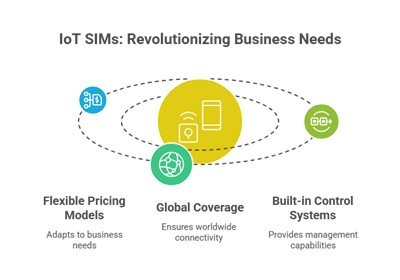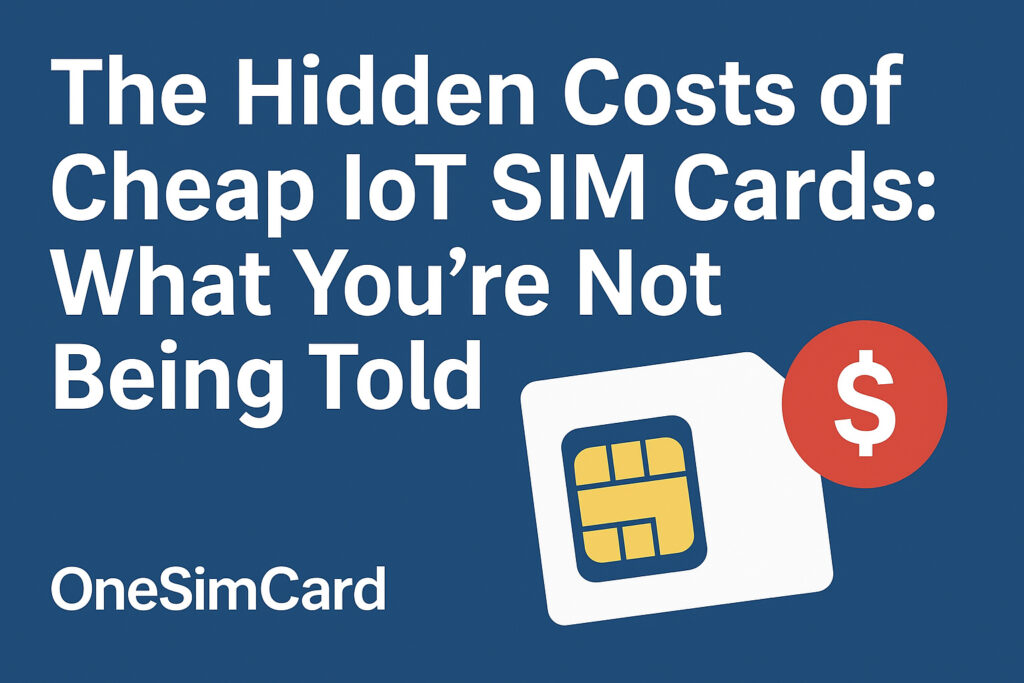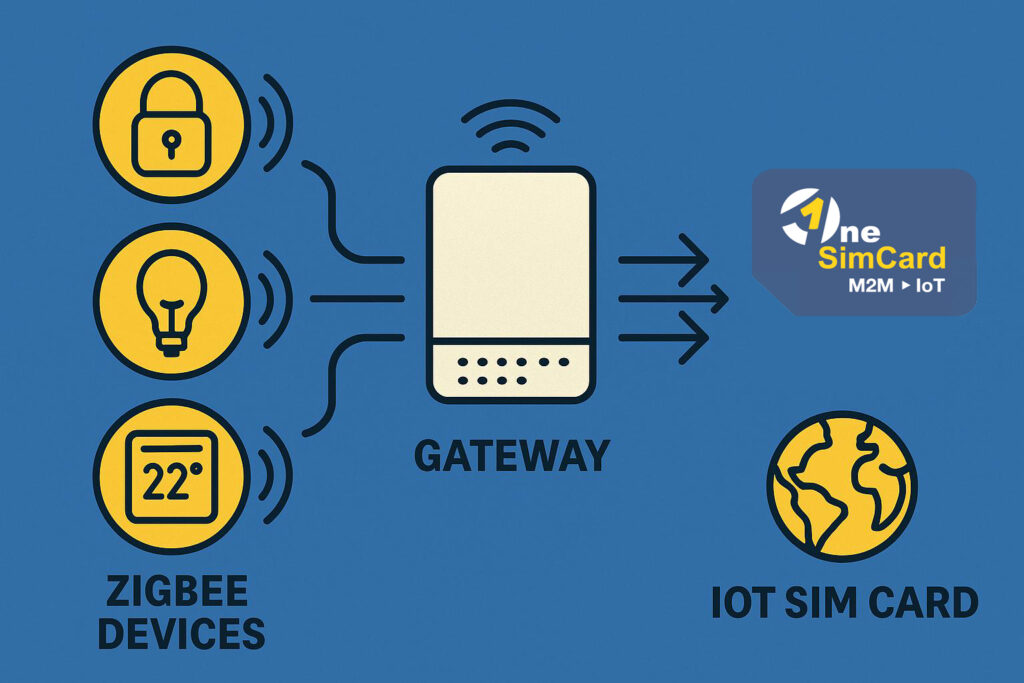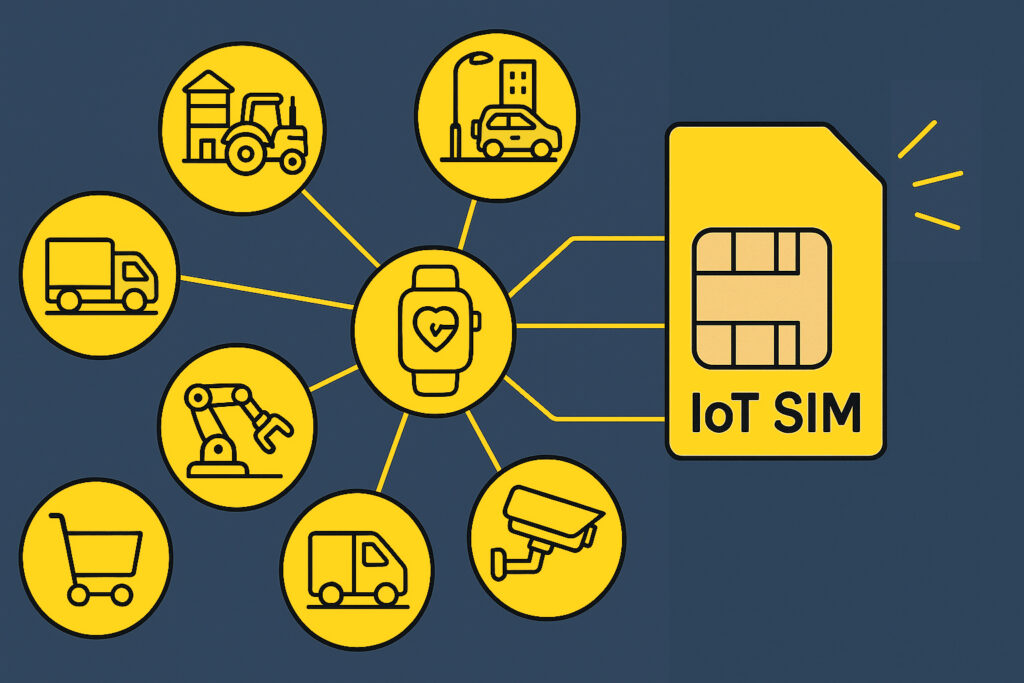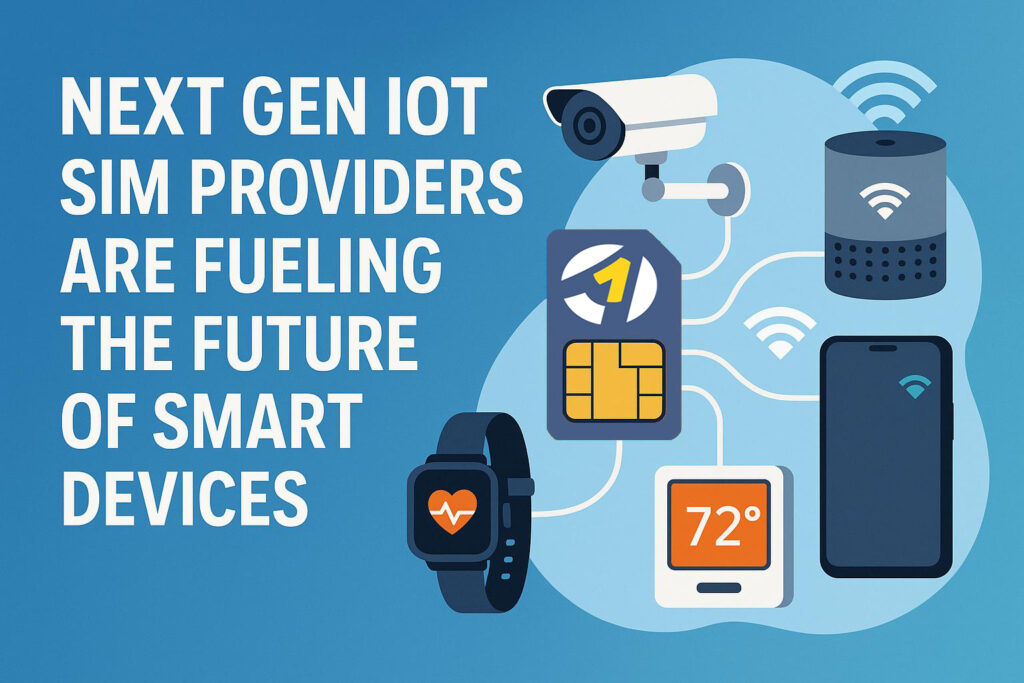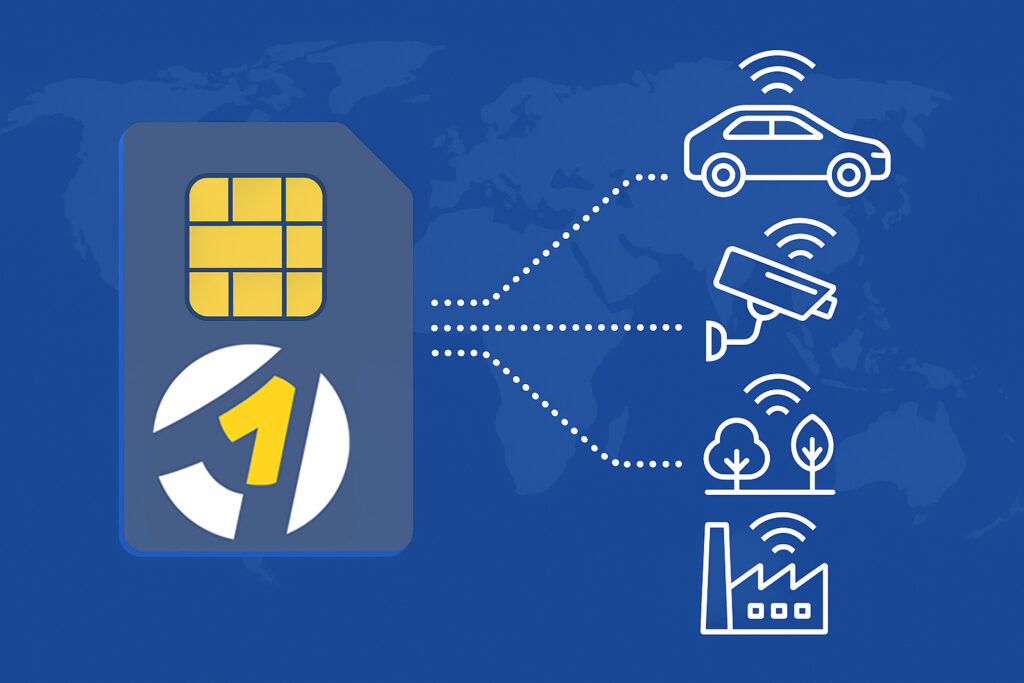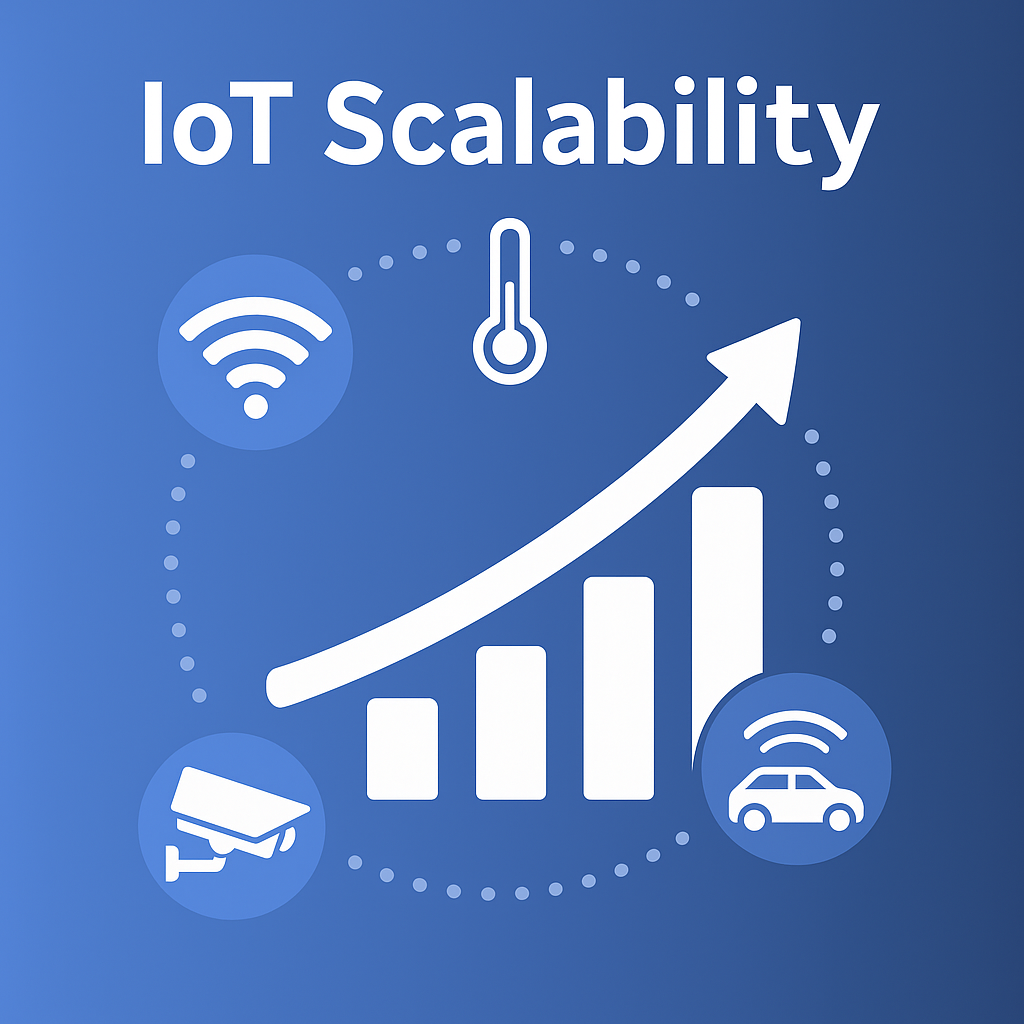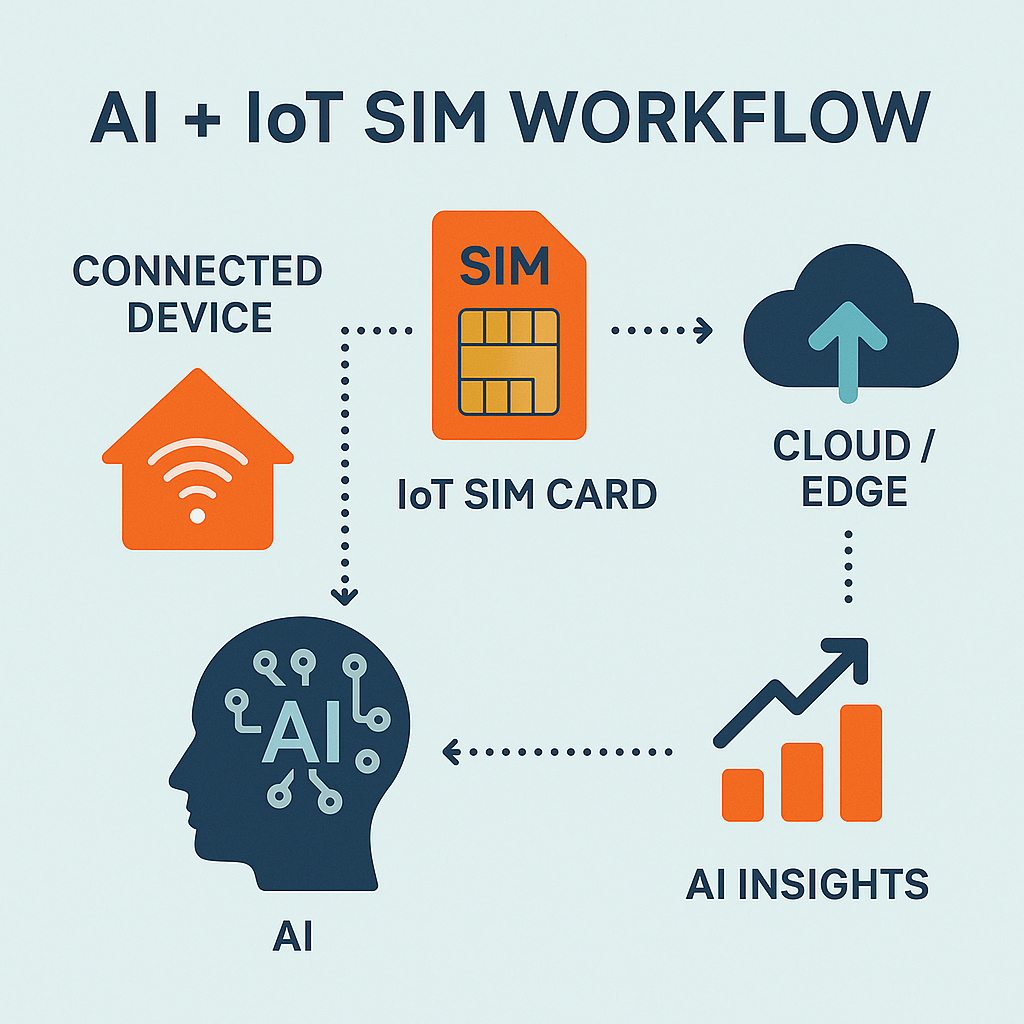
The Internet of Things (IoT) has already changed how industries, cities, and people operate. Billions of devices now connect seamlessly across borders—from smart meters and fleet trackers to wearable medical devices and industrial sensors. At the same time, Artificial Intelligence (AI) is transforming how we process and make sense of this data. But what truly brings these two worlds together is connectivity—and that’s where IoT SIM cards play a pivotal role.
In this blog, we’ll explore how AI and IoT SIM cards work hand-in-hand to power the next wave of digital transformation, why global connectivity matters, and how businesses can prepare for an AI-driven IoT future.
The Role of IoT SIM Cards in Connected Devices
At its core, an IoT SIM card functions much like the SIM card in your smartphone. However, it is designed for machines rather than people. These specialized SIMs connect IoT devices to mobile networks, enabling real-time data transmission across countries and carriers.
Unlike consumer SIM cards, IoT SIM cards offer:
- Multi-carrier redundancy: Devices can switch between multiple networks for reliability.
- Scalability: Thousands of SIMs can be managed from a centralized portal.
- Global reach: Coverage in 200+ countries, essential for cross-border IoT projects.
- Advanced features: Private APNs, static IP options, pooled data plans, and remote provisioning.
This connectivity forms the digital bloodstream for IoT deployments—allowing sensors, vehicles, and devices to constantly feed data into larger systems.
The Explosion of IoT Data
The rise of IoT has created an avalanche of raw data. IDC estimates that IoT devices will generate more than 73 zettabytes of data annually by 2025. Without proper processing, this massive volume of information is little more than noise.

Here’s where AI enters the picture. AI systems are uniquely capable of digesting, analyzing, and learning from these streams of information. By pairing AI with IoT SIM card connectivity, businesses can not only collect data but also transform it into actionable insights in real time.
How Artificial Intelligence Amplifies IoT
AI complements IoT in three critical ways:
1. Real-Time Decision Making
An IoT SIM card ensures data travels securely from the device to the cloud or an edge computing node. AI then processes this data instantly, enabling real-time responses. For example:
- A fleet tracking system can use AI to reroute trucks away from traffic congestion based on live GPS and weather data.
- A smart factory can automatically shut down a malfunctioning machine before it causes downtime or injury.
2. Predictive Analytics
By studying historical data collected through IoT SIM cards, AI can anticipate future behavior. This predictive power drives:
- Predictive maintenance in manufacturing and energy sectors.
- Smart agriculture, where AI forecasts crop yields and suggests irrigation cycles.
- Healthcare monitoring, where wearables can warn of potential medical emergencies.
3. Automation at Scale
AI doesn’t just analyze data—it acts on it. Combined with IoT SIM cards, this enables automated responses at scale:
- Smart energy grids can balance electricity demand automatically.
- Retail supply chains can restock based on predictive models.
- Smart cities can manage traffic lights dynamically to improve flow and reduce emissions.
Why IoT SIM Cards Are Essential for AI in IoT
While AI algorithms are powerful, they are only as good as the data they receive. Without secure, reliable, and global connectivity, even the smartest AI systems fall short. IoT SIM cards enable:
- Consistent connectivity across borders, essential for global IoT deployments.
- Secure data transmission, reducing vulnerabilities that could compromise AI systems.
- Device mobility, allowing AI to function on-the-go (connected cars, smart logistics).
- Scalable rollouts, so businesses can expand from dozens to thousands of devices without losing control.
Real-World Examples of AI + IoT SIM Synergy
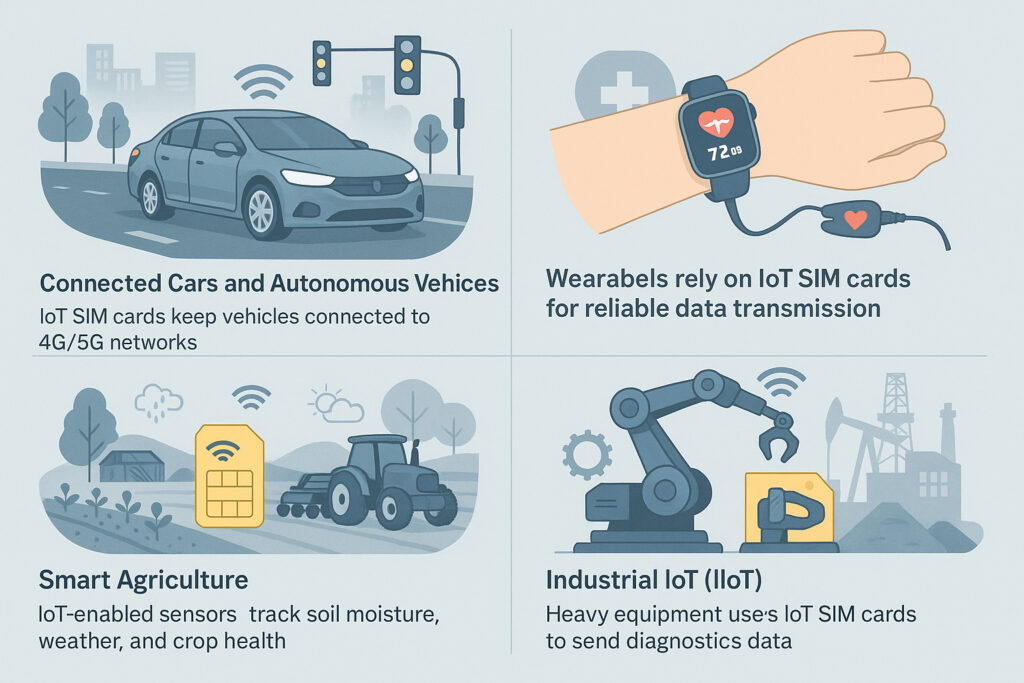
- Connected Cars and Autonomous Vehicles
IoT SIM cards keep vehicles connected to 4G/5G networks, feeding live data about traffic, road conditions, and mechanical health. AI then processes this information to power driver-assist features, route optimization, and predictive maintenance. - Healthcare Wearables
From heart monitors to glucose trackers, wearables rely on IoT SIM cards for reliable data transmission—even in remote areas. AI analyzes this data to detect anomalies and alert healthcare providers in real time. - Smart Agriculture
IoT-enabled sensors track soil moisture, weather, and crop health. AI turns this into actionable insights, suggesting the best times for planting, fertilizing, or irrigating. IoT SIMs ensure farmers stay connected, even in rural areas. - Industrial IoT (IIoT)
Heavy equipment in oil, gas, and manufacturing uses IoT SIM cards to send diagnostics data. AI interprets these insights to predict breakdowns, extend asset life, and improve safety.
Challenges of Combining AI and IoT
While the promise is immense, businesses must address several challenges:
- Security Risks: More connected devices mean larger attack surfaces. IoT SIMs with private APNs and VPNs mitigate risks.
- Data Overload: AI must be fine-tuned to filter signal from noise.
- Connectivity Costs: Choosing the right IoT SIM plan (pay-as-you-go vs. pooled) is essential for cost control.
- Interoperability: Ensuring AI systems can process data from diverse IoT devices and networks.
The Future: AI at the Edge
As IoT grows, centralized cloud processing may not be fast enough. The next frontier is edge AI, where devices themselves process data locally before sending insights via IoT SIM cards. This reduces latency and bandwidth consumption while enabling faster decision-making.
Examples include:
- Smart cameras detecting threats on-site instead of uploading video.
- Drones adjusting flight paths mid-air without relying solely on cloud processing.
- Factories running predictive maintenance on-site for critical equipment.
Why OneSimCard IoT Is the Best Choice for AI-Driven IoT Projects
Not all IoT SIM cards are equal. To truly harness AI + IoT, businesses need global coverage, robust management tools, and secure connectivity.
OneSimCard IoT SIM Cards deliver:
- Coverage in 200+ countries with multi-network redundancy.
- OSCAR SIM management portal, making it easy to monitor usage and control SIMs.
- Scalable data plans, including pooled and pay-as-you-go.
- Private static IP and VPN options, critical for secure AI data transfers.
- Future-ready solutions, optimized for 5G and edge computing.
By pairing AI with OneSimCard IoT SIM cards, businesses unlock not just data collection, but intelligent decision-making at global scale.
Final Thoughts
Artificial Intelligence and IoT SIM cards are two sides of the same coin. AI brings intelligence, IoT SIM cards bring connectivity, and together they unlock a smarter, more connected world. From connected cars and healthcare to agriculture and industry, the synergy between AI and IoT is shaping the future of technology.
For businesses, the message is clear: to stay competitive, adopt IoT solutions that are AI-ready and powered by reliable IoT SIM connectivity. The companies that succeed will be those that transform raw IoT data into real-time insights—and then into action.

